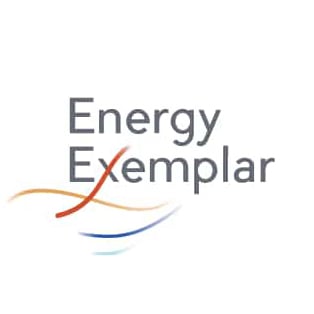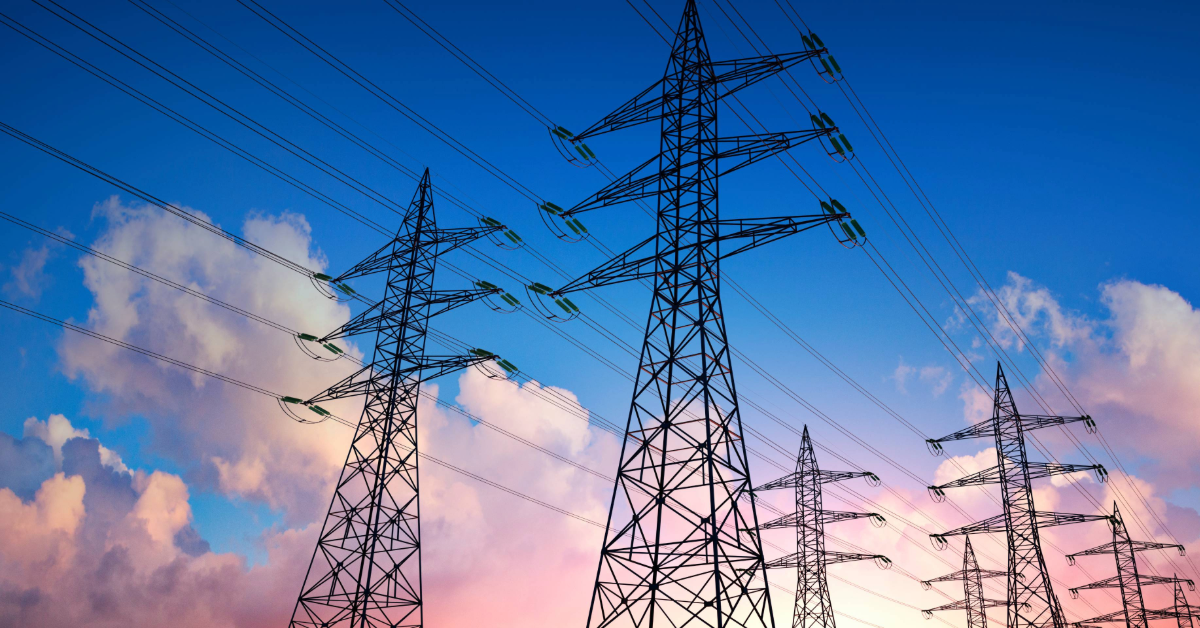ISO-NE uses PLEXOS for Clean Energy Economic Planning
ISO New England (ISO-NE) recently published their Economic Planning for the Clean Energy Transition (EPCET) pilot study overview and initial...
3 min read
 Team Energy Exemplar
:
July 18, 2024
Team Energy Exemplar
:
July 18, 2024

*Views expressed in this case study are Anshul Saxena’s alone and do not represent those of DNV. Additionally, data used in the case study is representative as nodal analysis requires clearance and some models and results are proprietary.
DNV is a global independent assurance and risk management company that was founded 160 years ago. The organization has approximately 12,000 employees and 100,000 customers across more than 100 countries. On the energy side, DNV offers advisory certification, inspection and monitoring services covering power, renewables, and utilities. DNV’s purpose is to safeguard life, property, and the environment, and as climate change and the energy transition pose significant risks, mitigating these risks through the delivery of insights and knowledge is a key reason for DNV to operate in the industry. The organization has groups focusing on energy economics, resource integration, transmission planning, offshore, distribution, special studies and grid code compliance. This study is focused on DNV’s congestion and curtailment analyses for a renewable energy developer.
Power purchase agreements (PPA) are contracts to acquire electricity directly from an independent power producer (IPP) as opposed to purchasing power from a local utility provider. The virtual – sometimes referred to as synthetic - PPAs have risen in popularity as they offer a tempting combination of incentives. The structure provides benefits such as renewable energy certificates (RECs), lower-cost and less volatile energy expenditure all without committing to the intricate burden of developing projects or even investing in them.
The fact that all of these benefits can be obtained without requiring any financial investment upfront makes them an irresistible prospect for many corporations like Microsoft who are keen to take those first steps towards a reduced carbon footprint.
In typical modern PPAs, asset developers face risks related to basis risk (the price difference between the injection node and the hub node), curtailment, day-ahead scheduled and real-time delivered quantity variation, and availability and performance guarantees. To mitigate these risks and ensure the financial viability of a project, asset developers should understand how congestion shifts in certain scenarios and where the project’s exposure lies in terms of congestion and economic curtailment as these both significantly impact long-term revenue and planning.
DNV’s client for this case study was an asset developer who needed to evaluate a 100 MW solar project in the central PJM region set to go online in the mid 2020s.
DNV uses PLEXOS and PLEXOS Cloud to perform studies and analyses like this. DNV's economic model elements include generation, transmission, distribution (at a low resolution) and power consumption. These congestion and curtailment studies are performed with nodal granularity – one of PLEXOS’ key capabilities is its ability to model and simulate the power system at the nodal level. The PLEXOS Platform is also used because it provides a visual representation of constrained transmission lines, informing you of all the binding elements in a simulation for a particular hour which helps pinpoint the causes of higher rates of congestion and curtailment in a study.
For this project, DNV evaluated a variety of scenarios, including a base case (approximately the project go-live date), a 2030 mid-term scenario, a 2035 high renewables scenario, among others that covered the near-term, mid-term and long-term. By performing this study and its associated scenarios in the PLEXOS platform, DNV was able to provide key project insights to its customer so that they can confidently determine if they are comfortable with the current PPA terms, or if they need to restructure or reject the PPA. Some of the key takeaways provided were:
Armed with this critical information, the client can determine if the risk associated with a given project and PPA is acceptable.
The risks asset developers face when it comes to congestion and curtailment can literally make or break the viability and return on investment of a given project. Given this, asset developers must consult robust congestion and curtailment analyses before entering PPAs. The PLEXOS Platform provides key capabilities for performing these analyses, so that asset developers can make the best decisions possible for their portfolio.
Check out these related resources:
BLOG - Transmission Congestion Analysis - Critical to a More Resilient Energy Future
BLOG - How Digital Modeling Solutions Can Improve the Asset Siting Process
RESOURCE - Congestion Analysis in PLEXOS

ISO New England (ISO-NE) recently published their Economic Planning for the Clean Energy Transition (EPCET) pilot study overview and initial...

The Republic of Croatia, a country of around four million inhabitants, lies between central and Southeast Europe, bordering Slovenia, Hungary,...

Hydro Tasmania - Australia's Largest Generator of Renewable Energy Hydro Tasmania is Australia’s largest generator of renewable energy as well as its...